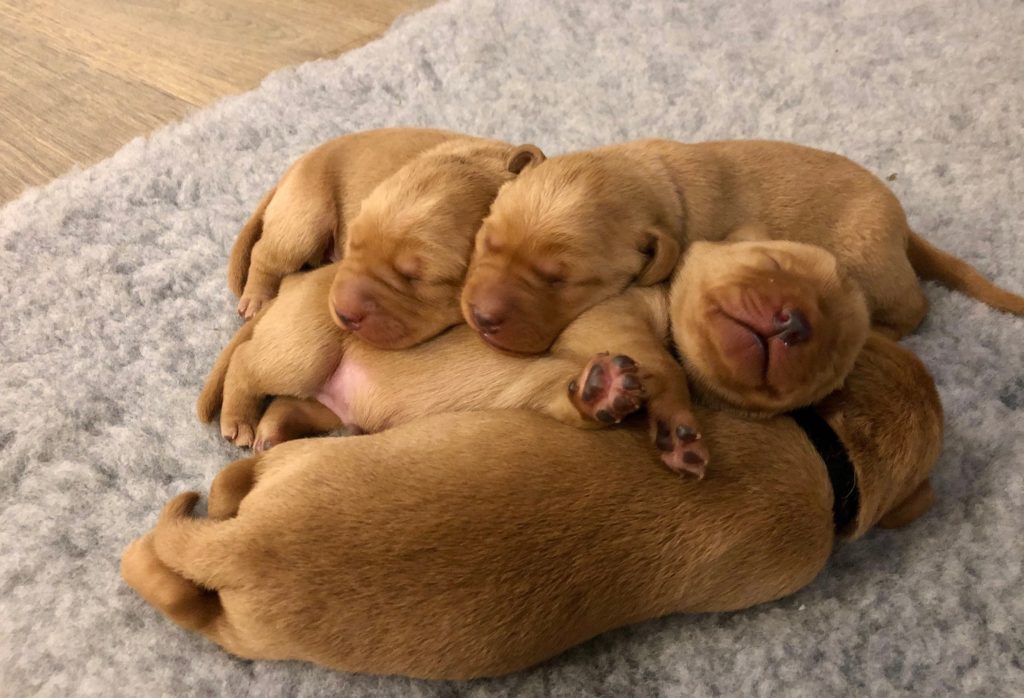Toilet training your puppy will take time and patience but if you are consistent, reward pups for going outside and ignore him if he makes a mistake, you can establish a good routine.
Crate training
If you are crate training your puppy the crate can be a fantastic tool to use during toilet training as long as it is used correctly. Dogs rarely soil their own beds and if your pup is used to a crate, you can put him in there for short periods when you are unable to supervise him.
Getting started
It is a good idea to establish an area in your garden that you are happy for your pup to do his business.
When puppies are very young it is fairly easy to predict when they are likely to need a trip to the garden.
Puppies will need to go outside:
- Immediately after waking up
- After eating or drinking
- If he is excited or have been quite active
- If he starts whining, circling, squatting or sniffing the ground
- If he starts getting fidgety
- Every 45 minutes
It is important that you always go with your pup to his designated toilet area so that you are there to reward and praise for successful toileting straight afterwards. This will let your pup know that it is the right place to go and encourage him to do so again. While your puppy is doing his business, use a phrase like “be clean”, eventually he will learn associate this phrase with doing his business and you will be able to use it to remind him what to do.
If you put your pup on a regular feeding schedule and observe and make note of when he does his business, it will not take long to work a rough toileting schedule for him. However, it is important to remember that other factors like salty treats or exercise may prompt large drinks and may mean he needs to go more frequently.
Your pup will not necessarily go every time you take him outside, if he doesn’t want to its important not to make a fuss or seem disappointed as it may confuse your puppy, just go quietly back into the house and continue as usual.
If you see your pup going to the toilet in the wrong place just ignore it. If you punish your pup for going indoors, he won’t learn that going indoors is wrong. He’ll just learn that it’s not safe to go when you are around, which will have a negative effect on his house training. He needs to feel confident doing his business outside while you are there.
This also applies if you find your pup has had an accident when you haven’t been around, if you punish him, he will have no idea that it is because of the mess he made earlier, he will just be confused and may be reluctant to be around you.
It is really important to ensure accidents are properly cleaned. Use an enzymatic cleanser rather than an ammonia-based cleaner (as this may emphasise the smell) to minimise lingering odours that might attract the puppy back to the same spot.
The key to successful toilet training is time and patience. It is important to remember that if training is unsuccessful after a few weeks, and little progress is made or you are having difficulty, get your pup checked by a vet to rule out any form of illness or injury that could be causing a behaviour problem.




